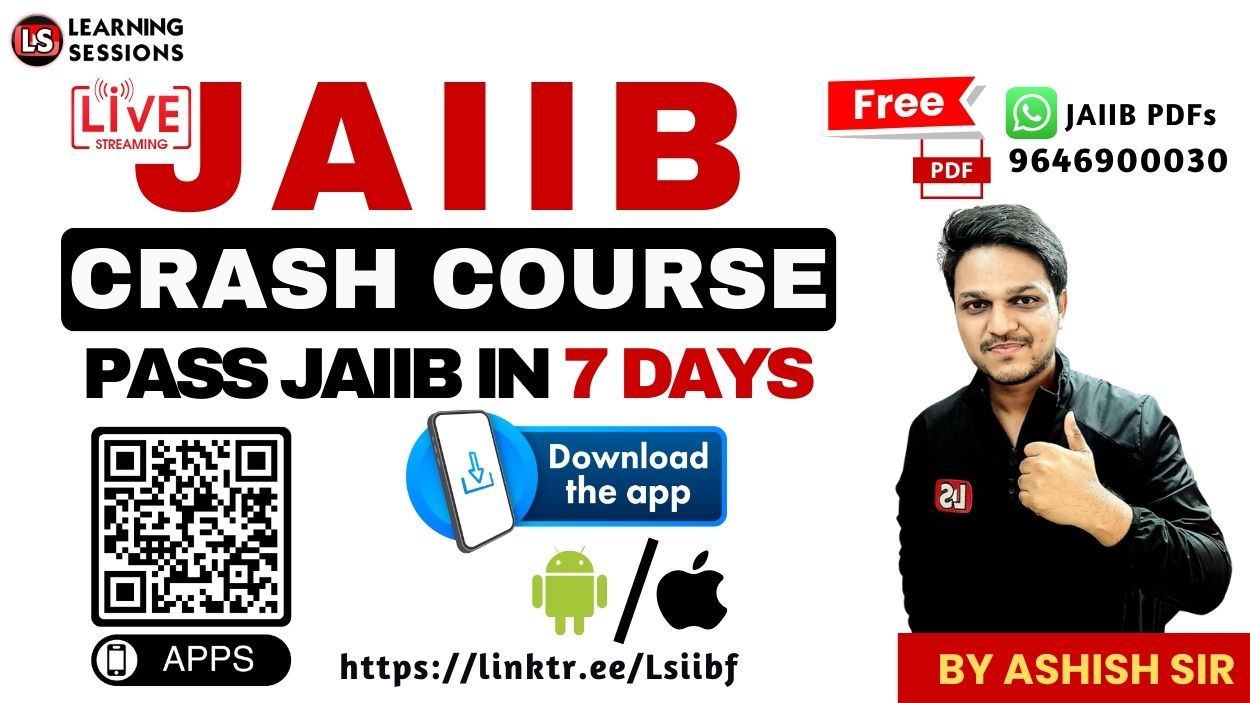Have you ever wondered how investors determine whether a bond is worth buying? Or how financial institutions assess the fair price of bonds? If you’re preparing for JAIIB or CAIIB exams, understanding Yield to Maturity (YTM) and Bond Valuation is crucial for scoring well in the AFM module.
📚 JAIIB Study Resources 📚
👉 Check Here
👉 Check Here
👉 Check Here
👉 Get Tests Here
👉 Check Here
What is a Bond?
A bond is a type of debt instrument issued by companies or governments to raise funds.
Why Do Companies and Governments Issue Bonds?
- Companies issue bonds to finance expansion, new projects, or operational needs.
- Governments issue bonds to fund public projects, infrastructure development, and manage national debt.
JAIIB 2025 | Advance Financial Management | Chapter 19 | Module C [FREE EPDF]
Key Bond Terminologies
- Face Value – The original price of the bond
- Coupon Rate – The fixed interest rate paid to bondholders
- Maturity – The period after which the bondholder gets the principal amount back
Types of Bonds
1. Fixed-Rate Bonds
Provide a fixed interest rate throughout the bond’s life.
2. Floating Rate Bonds
Interest rates fluctuate based on market conditions.
3. Zero-Coupon Bonds
No periodic interest payments; issued at a discounted price and redeemed at face value.
Understanding Bond Valuation
Why is Bond Valuation Important?
Market fluctuations can cause a bond’s price to differ from its face value.
Bond Valuation Formula:
P = C × (1 – 1 / (1 + i)^n) / i + M / (1 + i)^n
Conclusion
Understanding bond valuation and YTM is essential for banking professionals and investors. Knowing how bonds are priced and how interest rates impact their value can help in making better investment decisions.
👉 Watch the full video above and drop your questions in the comments! Don’t forget to subscribe for more finance insights.







